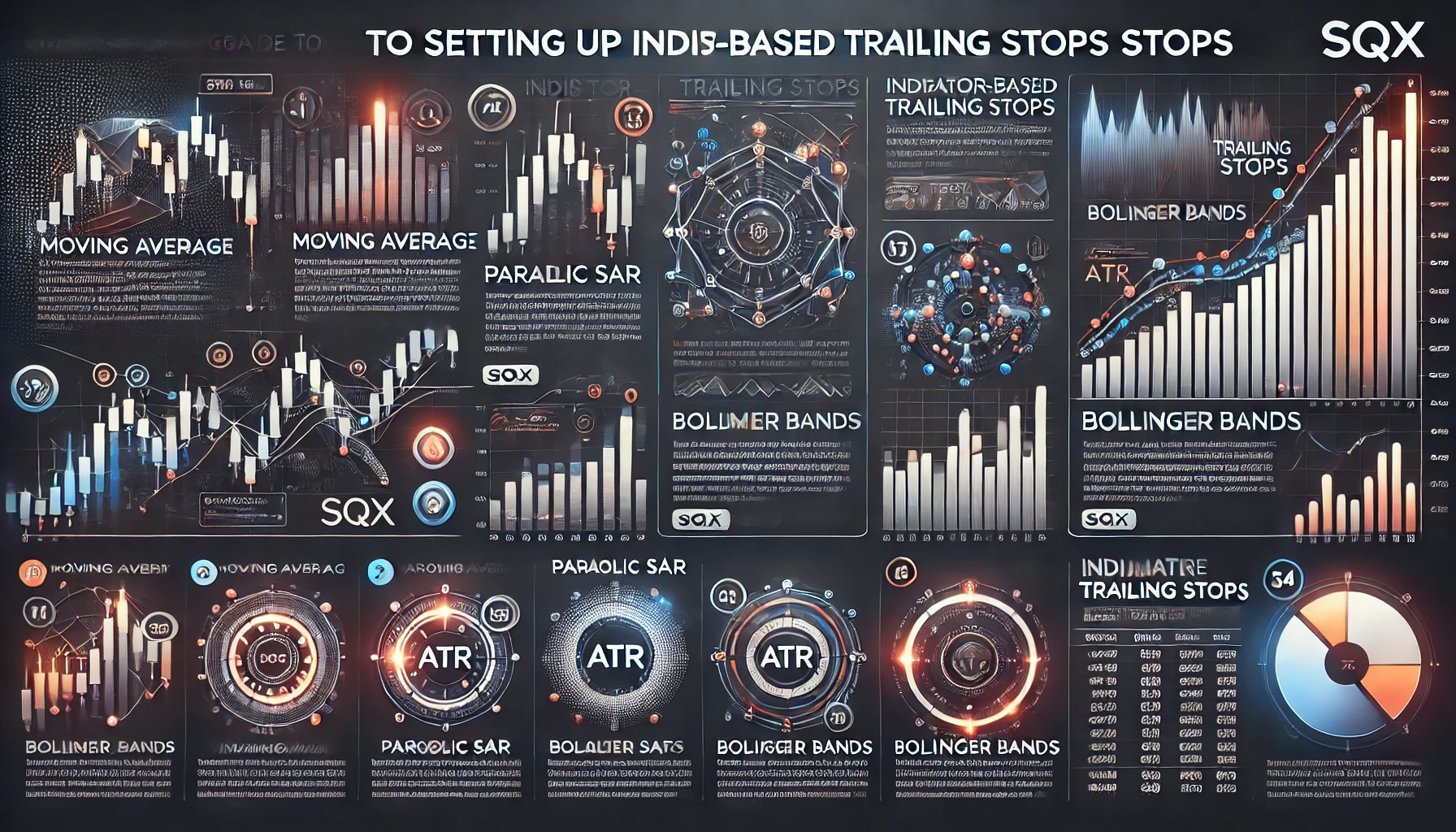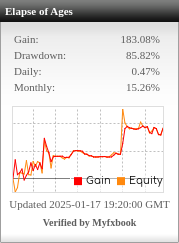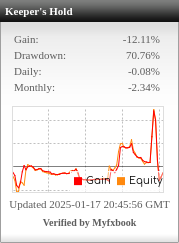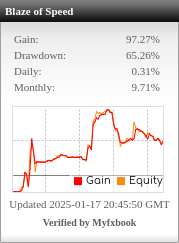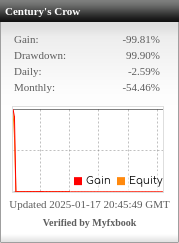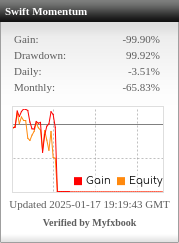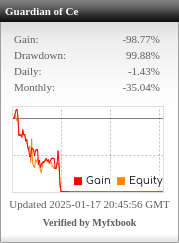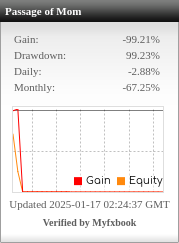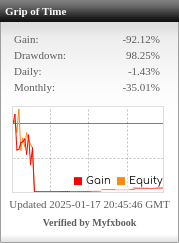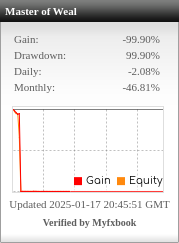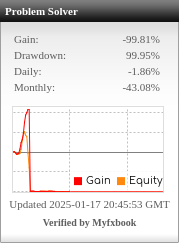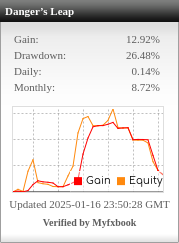Table of Contents
In StrategyQuant X (SQX), setting up trailing stops based on indicators allows you to adaptively protect profits as market conditions change. Here’s a step-by-step guide on how to configure trailing stops that follow indicator levels rather than a fixed price distance.
1. Choose an Indicator for Trailing Activation
You’ll want to pick an indicator that provides reliable support or resistance levels for trailing stops. Common indicators for trailing stops include:
- Moving Average (e.g., EMA or SMA) – Trails based on the trend’s moving average.
- Parabolic SAR – Trails based on the SAR dots, adjusting dynamically as trends change.
- ATR (Average True Range) – Trails based on market volatility, keeping stops further away during high volatility and closer during low volatility.
- Bollinger Bands – Uses upper/lower bands as dynamic stop points.
2. Set Up Indicator-Based Trailing Stops in SQX
Here’s how to configure indicator-based trailing stops in SQX, using a Moving Average as an example:
- Define the Trailing Stop Condition:
- Go to Trading Strategy > Money Management in SQX.
- Enable Trailing Stop and select Custom for more control over the conditions.
- Create a Rule for Trailing Stop Activation:
- In the Trailing Stop settings, set the rule condition by adding the indicator as a condition for trailing activation.
- For example, choose Moving Average from the indicator list and set the trailing stop to activate when the price moves a specific distance from the Moving Average line.
- Adjust Distance and Frequency:
- Define the distance between the indicator and the trailing stop:
- For a Moving Average, you might set the stop to trail at a certain number of pips or percentage below the MA for long positions (or above for short positions).
- For ATR, you could set the trailing stop to a multiple of the ATR value (e.g., 1.5x ATR).
- Set the frequency for updating the trailing stop, usually with every new price tick, to ensure it follows the indicator closely.
- Define the distance between the indicator and the trailing stop:
3. Example Configurations for Different Indicators
Here are configurations for some commonly used indicators as trailing stops:
- Moving Average (MA) Trailing Stop:
- Set trailing stop to activate when the price is a certain distance (in pips) away from the selected MA.
- Example: If the price is 20 pips above a 50-period EMA, set the trailing stop 10 pips below the EMA to follow the trend.
- ATR Trailing Stop:
- Activate the trailing stop when ATR exceeds a certain threshold, then trail the stop by a multiple of the ATR.
- Example: If ATR(14) = 15 pips, set the stop at 1.5x ATR (22.5 pips) from the entry price, adjusting as ATR changes.
- Parabolic SAR Trailing Stop:
- Set the trailing stop to follow the SAR dots, which adjust to market reversals.
- Example: Set the trailing stop to match the SAR level and update with each new SAR value, keeping the stop at the SAR level for trend-following entries.
- Bollinger Bands:
- Use the lower band as a trailing stop for long trades and the upper band for short trades.
- Example: Place the trailing stop at the lower Bollinger Band for a long trade and adjust as the bands move based on volatility.
4. Define the Exit Condition in SQX:
- Go to the Exit Rules section and add the indicator-based trailing stop as an exit rule.
- Set the trailing stop to close the position if the price touches or moves past the defined trailing level.
Example: Setting Up a Moving Average-Based Trailing Stop in SQX
- Activate Trailing Stop: In the Money Management section, enable Trailing Stop and set the trailing condition based on a 50-period EMA.
- Set Distance: Define the trailing stop to trail at a distance of 10 pips below the EMA for long trades.
- Update Frequency: Choose on every tick to ensure the stop adjusts as the EMA value changes.
- Exit Rule: Set the rule to exit when the price crosses the trailing stop level.
Advantages of Indicator-Based Trailing Stops
- Adaptability: The trailing stop adjusts to market conditions, following trends and respecting support/resistance.
- Noise Reduction: Indicator-based stops reduce premature exits, as they often respond to genuine trend shifts rather than small price fluctuations.
- Dynamic Profit Protection: Stops adapt to volatility and trend strength, helping you lock in profits effectively.
This approach lets you create a responsive trailing stop in SQX that aligns with current market dynamics rather than rigid price points, which is especially useful for trend-following and volatility-based strategies. Let me know if you’d like more specific setup help with any particular indicator!

